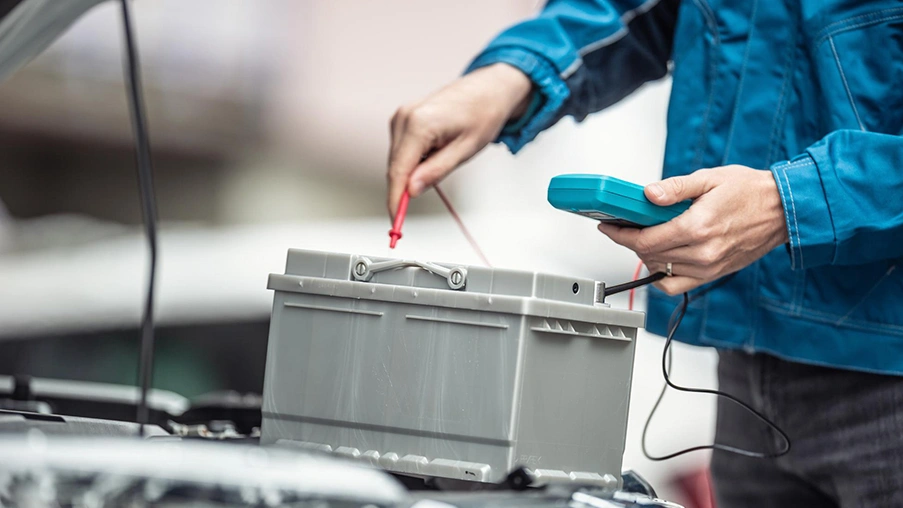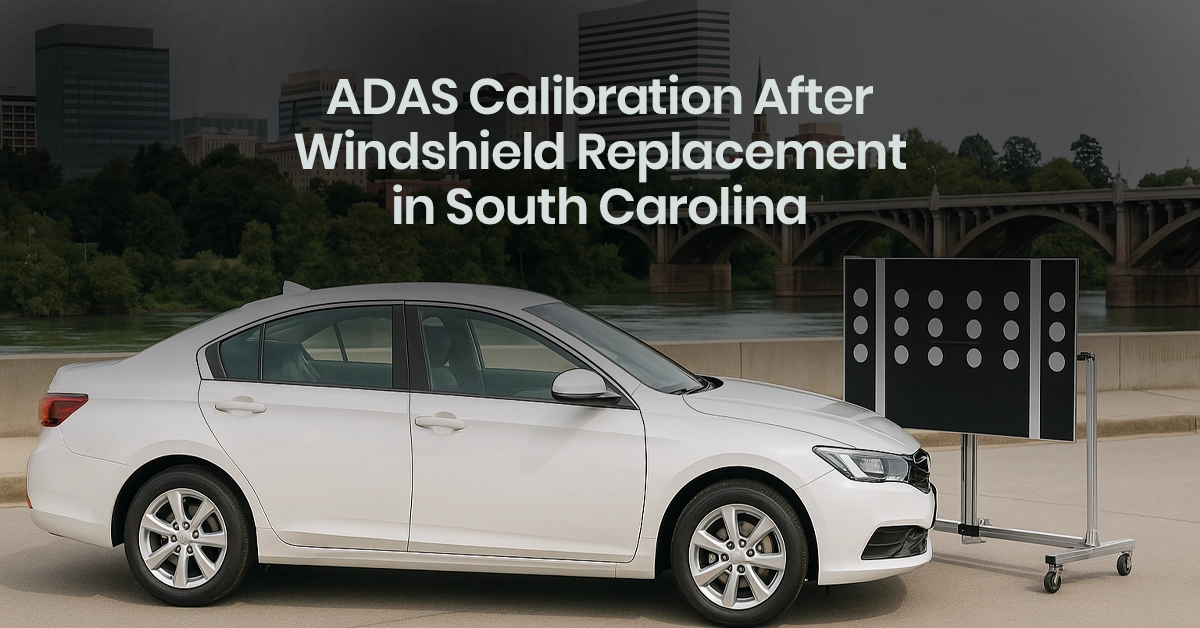What Happens If Your Battery Dies While Driving
Your car battery is the powerhouse behind essential vehicle functions, from ignition to electronic systems. It provides energy to the starter motor, ignition system, and all onboard electronics. With no battery, your vehicle won’t start or run properly.
When a battery dies, it doesn’t just hinder starting your vehicle. It could also result in a sudden loss of power, which may impair essential systems such as power steering and brakes. This can leave you unable to maneuver the car, requiring an emergency fix.
What happens if your battery dies while driving? Understanding the consequences can help you react appropriately and avoid being derailed by a surprise failure.
Signs That Your Car Battery Is Dying
Recognizing early signs of a dying battery can prevent a car from getting stuck. Failing to address them increases the risk of the car losing all power while on the road.
- Dull Headlights & Flashing Dashboard Lights: If your headlights are dimming or rapidly blinking, your battery isn’t supplying the proper amount of power. This may affect night visibility and instrumental functionalities.
- Slow Engine Crank & Clicking Noise: A healthy battery generates a full charge to get your engine up and running. A slow crank or clicking indicates a weak battery.
- Electrical system component failures: if the power windows don’t work, the AC does not respond, or if you have a silent radio, then an inconsistent supply of power can lead to a total failure of vehicle electronics.
- Frequent Jump Start Demands: A failing battery will regularly need to be jump-started. Ignoring this can lead to unnecessary road breakdowns.
- Dashboard Warning Lights: If there are electrical problems, the battery warning light or a check engine light could also come on. If these warnings are ignored, the system can experience a total power failure.
What Happens When Your Battery Dies While Driving?
If the battery in an electric or hybrid vehicle dies, critical controls are lost, reducing maneuverability and increasing the risk of accidents.
-
- Loss of Power Steering: Currently, most cars have electronic power steering. When the battery dies, the steering tightens, making turns more difficult, particularly at low speeds.
- Brakes Can Lose Power: Electrically assisted braking is much more strenuous and reduces reaction time without battery power propelling the vehicle.
- Engine Stops While Driving: The alternator will produce power, but if the battery is dead, the engine can shut off without warning, leaving you stranded.
- Electrical Failures: When a battery is dead, the headlights, turn signals, and dashboard displays are disabled, making nighttime driving impossible.
- Accident Possibility: It can be disastrous to get stuck in traffic without power. If the glass is damaged, it may require emergency auto glass repair.
What to Do If Your Battery Dies While Driving?
Experiencing a dead battery mid-drive can be alarming, but staying calm and taking the right steps ensures safety.
- Stay Calm and signal Other Drivers. Turn on your hazard lights immediately to alert surrounding vehicles. This is crucial in low-visibility conditions or heavy traffic.
- Attempt to Restart the Car: If you are driving a manual transmission, try a push-start by shifting into second gear while rolling. Automatic cars usually need a jump-start.
- Shift to Neutral & Coast to Safety: If your engine stalls, shift to neutral and steer toward a safe spot, such as a parking lot or roadside shoulder.
- Call for Roadside Assistance: A dead battery may indicate deeper electrical issues. If the failure leads to an accident, contact a professional for emergency autoglass repair.
- Check for Alternative Power Sources: Some hybrid vehicles have a backup battery. If applicable, switch to auxiliary power to maintain limited functionality.
Preventative Measures to Avoid Battery Failure
Preventative maintenance reduces the risk of unexpected battery failure while driving. Regular inspections and proper care can help you avoid dangerous breakdowns.
- Regular Battery Inspections & Voltage Checks: Test your battery’s voltage every few months. A reading below 12.4 volts indicates a weak charge that needs attention.
- Limit Electrical Usage When Idle: Running your AC, headlights, or radio while parked drains the battery. Minimize power consumption when the engine is off.
- Keep Battery Terminals Clean: Corrosion on battery terminals disrupts power flow. To ensure a strong connection, clean the terminals regularly with a baking soda solution.
- Drive Your Car Regularly: Infrequent driving drains the battery. If you don’t drive often, start your car every few days and let it run for 15 minutes.
- Replace Old Batteries Promptly: Most car batteries last 3 to 5 years. If your battery is near this range, replace it before it fails unexpectedly.
- Consider ADAS Calibration Checks: Battery failures can disrupt electronic safety features. Proper ADAS calibration ensures that systems like lane assist and emergency braking work correctly.
Conclusion
A car battery that dies while driving can disable important safety systems, putting you at risk. Detecting early warning signs helps prevent unexpected breakdowns. Regular battery checks, proper maintenance, and keeping an emergency kit in your vehicle ensure reliability on the road.
It is vital to have an ADAS calibration in-case safety systems are at risk due to electrical failures. Contact NuVision Auto Glass for expert windshield repair and replacement, automotive window repair and replacement, and emergencies to keep your vehicle up and running.
FAQs
1. What happens if your battery dies while driving?
If your battery dies in the middle of the road, your car’s power steering and braking may become less effective, making control more difficult. Lights and dashboard screens are examples of electrical components that may stop working. If this happens, immediately steer to a safe spot and call for help.
2. Can a battery cause a car to shut off while driving?
Yes, a dead battery can lead to an engine stall, leaving your vehicle unresponsive. Modern cars rely on electrical power to operate essential systems. If the failure affects sensors or cameras, ADAS calibration may be necessary after repairs.
3. How long do you have to drive a car to charge the battery?
Driving at highway speeds for 15-30 minutes allows the alternator to recharge the battery. However, if your battery is severely drained or damaged, replacement may be the safest option. Regular maintenance helps avoid unexpected failures.








